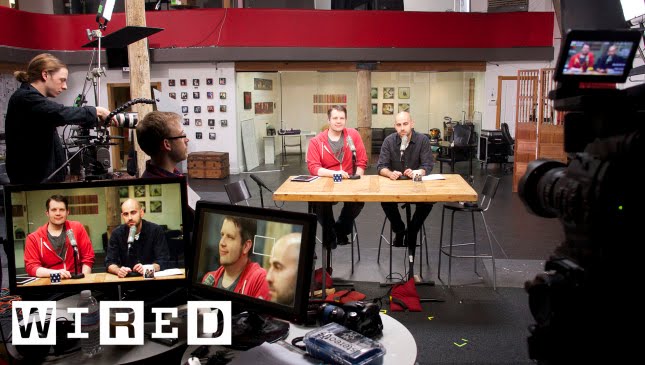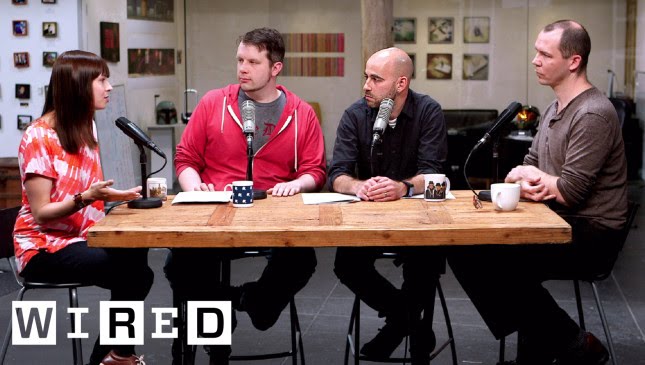Coding 101: Insights and Tips from a Stanford Professor
Summary
Chris Peac, a computer science professor at Stanford University shares his insights about coding on Twitter. He talks about different programming languages like Python and JavaScript, highlights various resources available for learning how to code, and discusses the differences between front-end and back-end coding. Peac also answers questions about the history of computing, error codes, algorithms, and artificial intelligence. He emphasizes that coding is not just for those who are good at math, but for anyone who has the desire to build things and has the patience to overcome challenges.
Table of Contents
- The Basics: Understanding Coding and Programming
- Coding vs Programming: What’s the Difference?
- Front-End vs Back-End Coding
- Resources for Learning How to Code
- History of Computing: Key Turning Points
- Artificial Intelligence and Backpropagation
- Python: The Coolest Language Named After Monty Python
- Raspberry Pi for Physical Programming
- Hacking: Misconceptions and Realities
- Web Design and Coding
- Conclusion
Introduction
As technology continues to evolve, the demand for individuals who can code also increases. However, for those who are not familiar with coding, the idea of learning it can be intimidating. In a recent Twitter Q&A, Chris Peac, a computer science professor at Stanford University, provided valuable insights and tips about coding that can help individuals overcome that intimidation.
The Basics: Understanding Coding and Programming
In the world of technology, coding and programming are two terms that are usually used interchangeably. However, while they are related concepts, they are not the same thing. According to Peac, coding is the act of writing code in a specific programming language, while programming is the process of creating software using a particular programming language. Essentially, coding is a subset of programming.
Coding vs Programming: What’s the Difference?
While coding is a part of programming, Peac explains that the two can differ in terms of the scope of the task. For example, coding may refer to a specific piece of code that performs a particular task, while programming is broader and encompasses various coding sub-tasks. Peac stresses that coding is essential, but programming is where the real magic happens.
Front-End vs Back-End Coding
Peac explains that front-end coding pertains to the programming languages and code used for the user interface of a website, while back-end coding involves creating the underlying systems that power the website, such as the databases and servers. He emphasizes that both front-end and back-end coding work together to make the internet functional.
Resources for Learning How to Code
There are various resources available for individuals interested in learning how to code. Peac mentions online courses such as Codeacademy and FreeCodeCamp, which offer free lessons on different programming languages and tools. He also suggests exploring the many books and tutorials available online, as well as joining programming groups and forums to connect with other programmers.
History of Computing: Key Turning Points
The history of computing is rich and vast, with many significant turning points. Peac notes that one such turning point was during World War I when Alan Turing and other computer pioneers developed a machine to decrypt German messages. According to Peac, this was the precursor to the modern computer.
Artificial Intelligence and Backpropagation
In response to a question about the shortest piece of code that changed the world, Peac mentions “backpropagation” for artificial intelligence. This piece of code allows artificial neural networks to learn from mistakes and improve their performance. Peac emphasizes that artificial intelligence is an exciting and rapidly evolving field of study.
Python: The Coolest Language Named After Monty Python
Python is a popular programming language known for its simplicity, readability, and versatility. According to Peac, Python is named after Monty Python’s Flying Circus and is useful for various programming applications. He also provides a brief introduction to Python, highlighting its basic syntax and features.
Raspberry Pi for Physical Programming
Peac introduces Raspberry Pi, a small and affordable computer that can be used for physical programming. He explains that Raspberry Pi can help individuals learn more about programming and electronics, as well as how to create physical computing projects such as robots and home automation systems.
Hacking: Misconceptions and Realities
Peac clarifies that hacking can refer to both legal and illegal activities. While some hackers engage in malicious activities such as breaking into websites, others use their skills for positive purposes such as cybersecurity. He emphasizes that hacking is not always bad and that it is essential to understand the different types of hacking and their ethical implications.
Web Design and Coding
Web design involves creating websites, which may require coding. Peac notes that web designers focus on the aesthetics and user experience of a website, while web developers focus on the technical aspects such as coding and server management. He emphasizes that both web design and coding are essential for creating functional and visually appealing websites.
Conclusion
Coding is a useful and beautiful process that anyone can learn with the right resources, patience, and determination. Chris Peac provides valuable insights and tips for individuals interested in coding, covering a wide range of topics such as front-end vs back-end coding, artificial intelligence, and the history of computing. With this knowledge, individuals can take the first steps towards learning how to code and harnessing the power of technology.







